-
Posts
835 -
Joined
-
Last visited
-
Days Won
49
Content Type
Profiles
Forums
Downloads
Gallery
Posts posted by MikaelH
-
-
-
QUOTE (pikro @ Nov 11 2008, 10:43 PM)
Alt+F4,The Alt+F4 will close/hide the front panel, and that should normally unload the VI from memory, but as you say Aristos Queue, the VI must have an open reference to itself.
I always use the filter "Panel Close?" event, and always discard this event, and then gracfully close down everything.
The last thing I do is to call the EXIT LabVIEW function (only if the App.kind=RunTime), this will close and unload all runing VIs.
Cheers,
Mikael
-
-
-
QUOTE (Norm Kirchner @ Oct 14 2008, 05:50 AM)
Use vit's along w/ VI server or reentrant FP (personal choice) and each time that you spawn a new window, make sure the manager holds it and manages it as needed....and then this "Reentrant FP Window Holder" -VI only contains one big SubPanel, that is set to "Fit control to Pane".
//Mikael
-
-
-
-
Hi Niklas
This is a perfect opportunity to use an OO approach.
I did a simple "Creature in a maze" solution that you can download from here if you are interested.
http://goop.endevo.net/GDS/MaceGame.zip
(These classes needs a class template that you can get by running the installer below)
http://goop.endevo.net/GDS/OpenGoop_Installer_03.zipThere is also a debug video that shows how to debug the objects using GDS here:
http://goop.endevo.net/GDS/videos/GDS_Debug.swf.html
Lycka till,
Cheers,
Mikael
-
QUOTE (Michael_Aivaliotis @ Aug 2 2008, 10:59 AM)
That text is copied from the LV 8.6 Feature and changes:
http://lavag.org/old_files/monthly_08_2008/post-941-1217641608.png' target="_blank">

..I like the VI file size improvment.
All VIs are now half in file size. :thumbup:
Cheers,
Mikael
-
QUOTE (Eugen Graf @ Aug 2 2008, 04:12 AM)
I want to make a general class for many projects and put it into the user.libIs it Ok? Does anybody do so?
We do so, our reusable library consists both of single VIs and classes and we place them all in the user.lib, we also have that folder under version control.
//Mikael
-
Hi
I just came back from New Zealand where I held the OO course in Auckland at a company.
During the first day of the course I go through the principle of OO-Design and Analysis and objects by flow and references.
The second day we create a whole test system application from a problem description, using UML class diagram and then we implement it.
I like to customize the course as much as possible depending on the student needs, so I normally like to know what kind of systems the students are developing.
Cheers,
Mikael
-
I'm using AutoIT-scripts compiled into exe-files that I run from LabVIEW.
//Mikael
-
-
-
Hi Gustavo
I've created dot net code that I call from LabVIEW without any problem, I also got the dot net code to invoke a VI when special event happens that the dot net code is controlling.
I don't really understand what you are trying to achieve.
But just to be sure, have you opened/called a constructor of the dot net class before you used it?
You can create several constructors for a dot net class, the constructor in the example below takes 3 arguments.
Cheers,
Mikael
-
Hi
This is the design your leaning towards:
I would probably use a composite aggregation, which means I would have to solve the creation of the correct I2C object internally in the battery create methods.
Using this way it makes it easier to use the battery class, as you don't have to worry about the communication interface.
Of cause it will be harder to develop the battery class but you top VI will be simpler.
For the I2C communication I would probably not do an active object design to start with, I might use a static attribute in the I2C-Implementation classes which I use to synchronise the read and write to the batteries so I don't run into any race conditions.
Good luck
-
QUOTE (Paul W @ Jun 13 2008, 04:26 AM)
Error message is:This labVIEW class cannot find its parent class. (That is understandable)
Any other ideas how to fix it? I am a noob so the instructions need to be rather precise.
If run into strange problemslike this, you could always open the lvclass-fle in a text editor and try to modify it manually.
Remove this line: <Property Name="NI.LVClass.ParentClassLinkInfo" Type="Bin">....................</Property>
and the reopen the project.
I always use the GDS function "GOOP->Modify this class inheritance", to do this, but in your senario it can't solve your problem.
//Mikael
-
You can use the Connectivity->Input Device Control-VIs for this.
E.g.
Download File:post-941-1213217744.vi
Cheers,
Mikael
-
QUOTE (Aristos Queue @ Jun 5 2008, 06:40 AM)
When I read this I started to think about the "Paper Clip"
Whould it be nice if NI added it in LabVIEW

http://lavag.org/old_files/monthly_06_2008/post-941-1212705172.png' target="_blank">
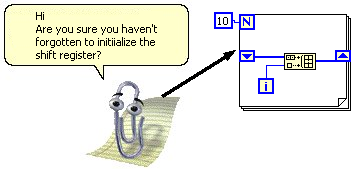
Cheers,
Mikael
-
QUOTE (dispossessed @ Jun 5 2008, 03:06 PM)
...maybe you should look at GigE Vision:
GigE Vision: Under the Hood Video
--Mikael
-
QUOTE (Jim Kring @ May 28 2008, 04:42 AM)
Hi
I hope NI will abandon the LLB structure they are using in the exe-file or at least add folder support in the a LLB, this will make it possible to store everything inside the exe-file.
One other painful thing I have is that a quite large application, with lot of classes and lvlibs, it takes me more then 30 minutes to build an executable and during that time I can't use my computer for something else, since LabVIEW uses all my resources.
Cheers,
Mikael
-
-
QUOTE (Yen @ May 22 2008, 02:54 AM)
http://lavag.org/old_files/monthly_05_2008/post-941-1211425248.png' target="_blank">

..and when sitting at the office and accessing my local network at home, it took 1448 ms per image.
So on the same local network you should probably be able to get 2 images per second.
You might need to use normal TCP/IP function so you don't need to reconnect every time, and use a normal HTTP Get command.
//Mikael




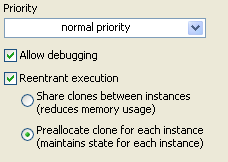

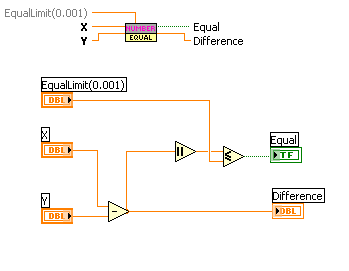
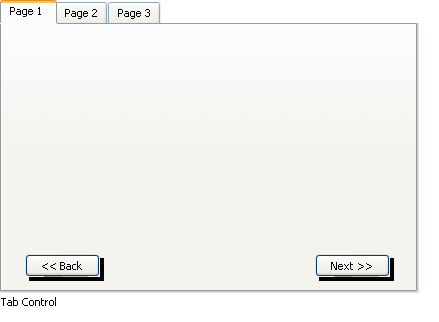
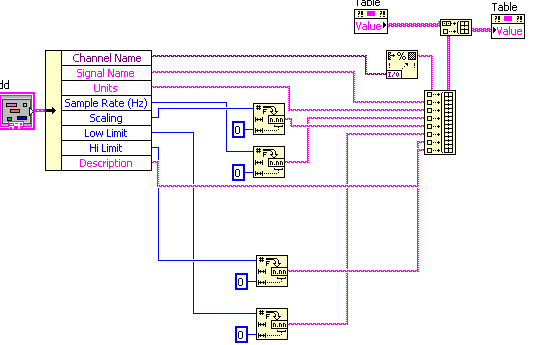
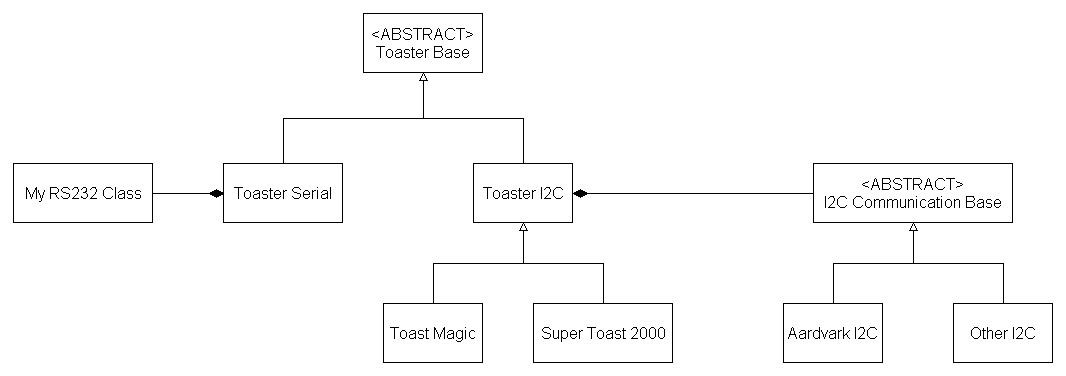
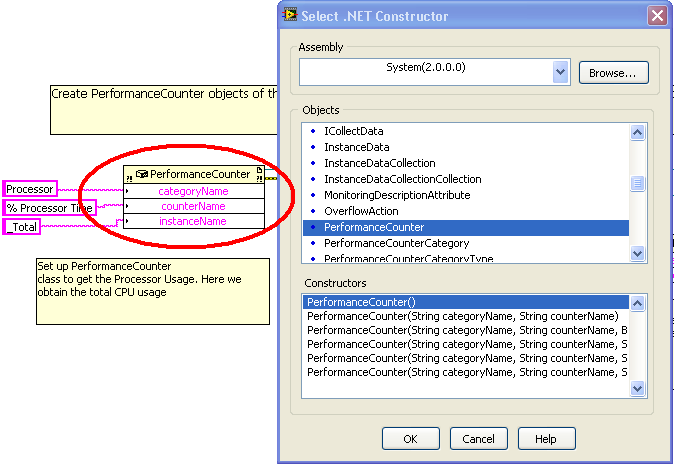

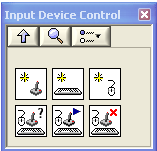
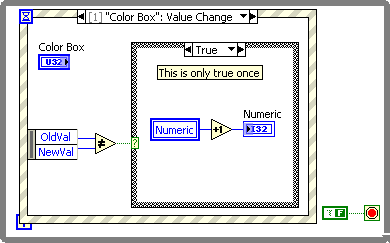
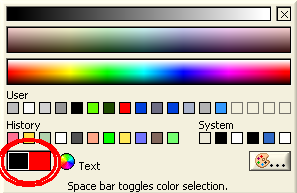
FFT of an image
in Machine Vision and Imaging
Posted
QUOTE (Nanxiong Zhang @ Nov 20 2008, 11:53 AM)
8.5
//mikael